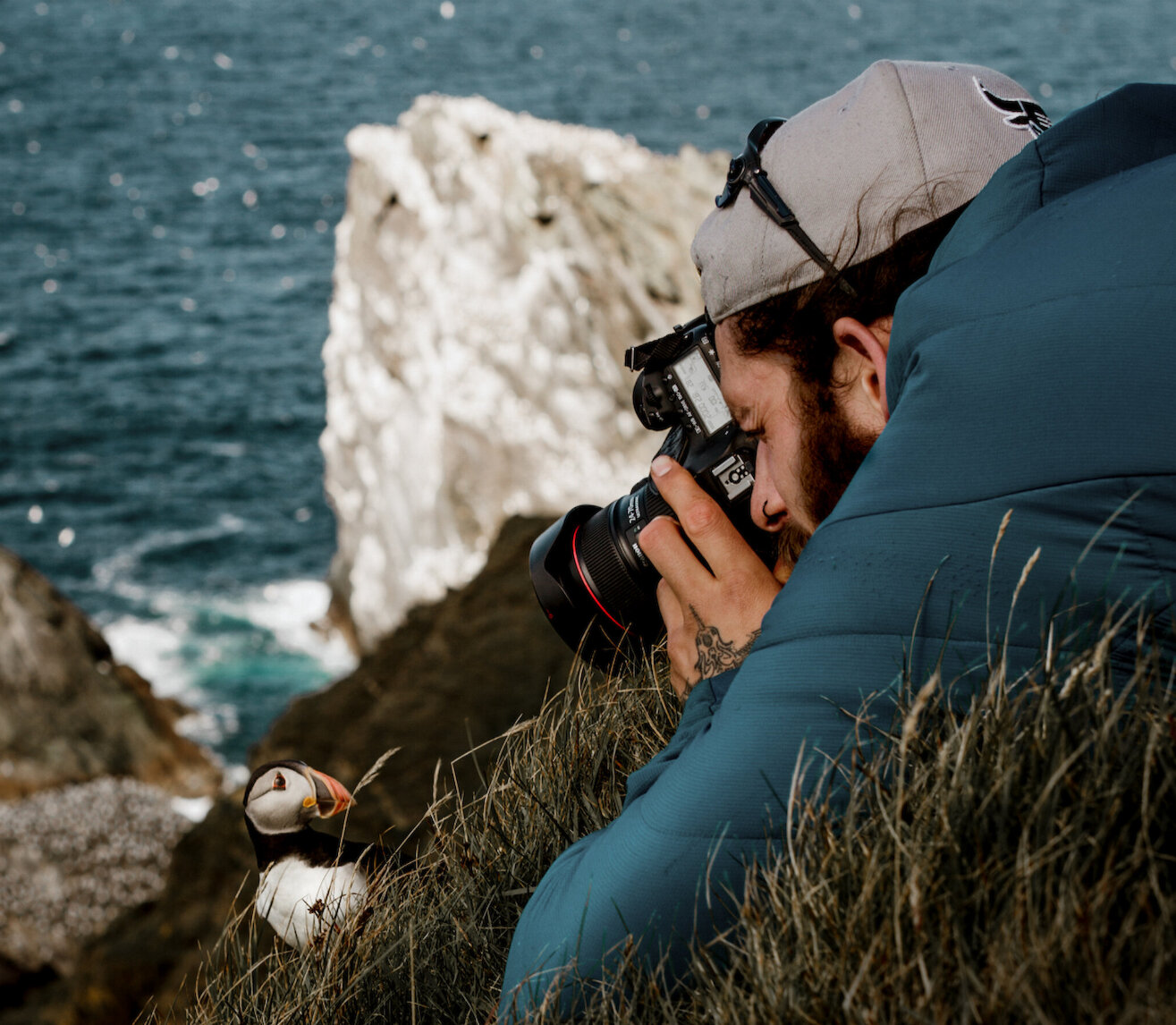There are three key species that indicate the transition from winter to spring – shalder, laeverik and tammy norie, (oystercatcher, skylark and puffin)
Shalders are a familiar part of our summer landscapes. Their black and white forms can be seen in fields and on beaches. They are exceptionally prone to alarm, taking to the air, flapping in noisy, chaotic circles at the slightest hint of danger.
Their return to the islands is eagerly anticipated and widely discussed. Every year, when I hear the first one I feel excited but it is something more, something that is almost like relief. A reassurance that the year continues to turn, that light and warmth will return.
As I walked along the beach with a local artist, we heard shalder overhead. She described her reaction when she first sees them. "They are just one little bird but they make you feel so much. If we lived somewhere else would we have that eye for detail? Would we feel so such joy about one little bird? Not just one or two of us but a whole community."
